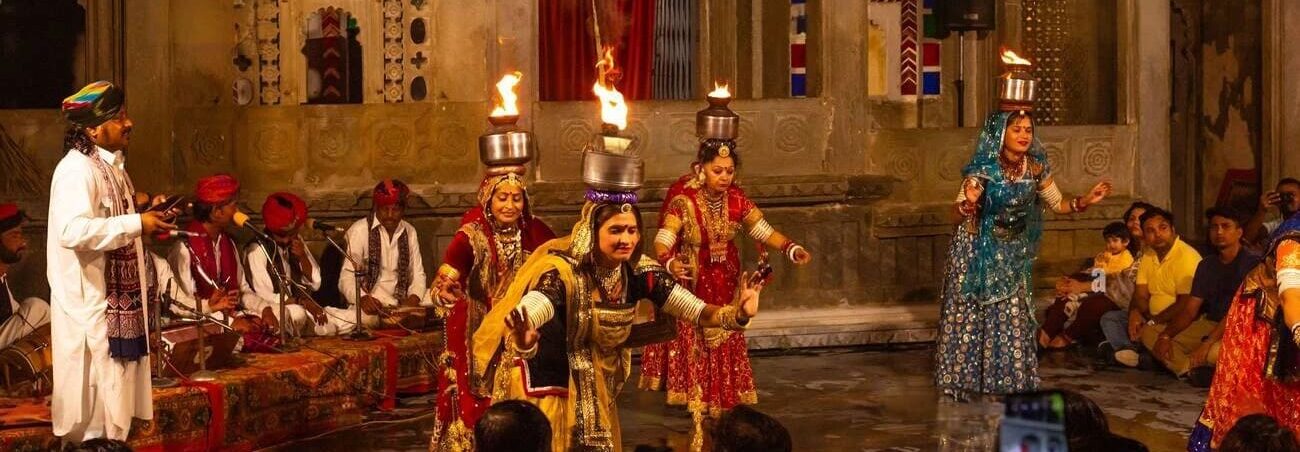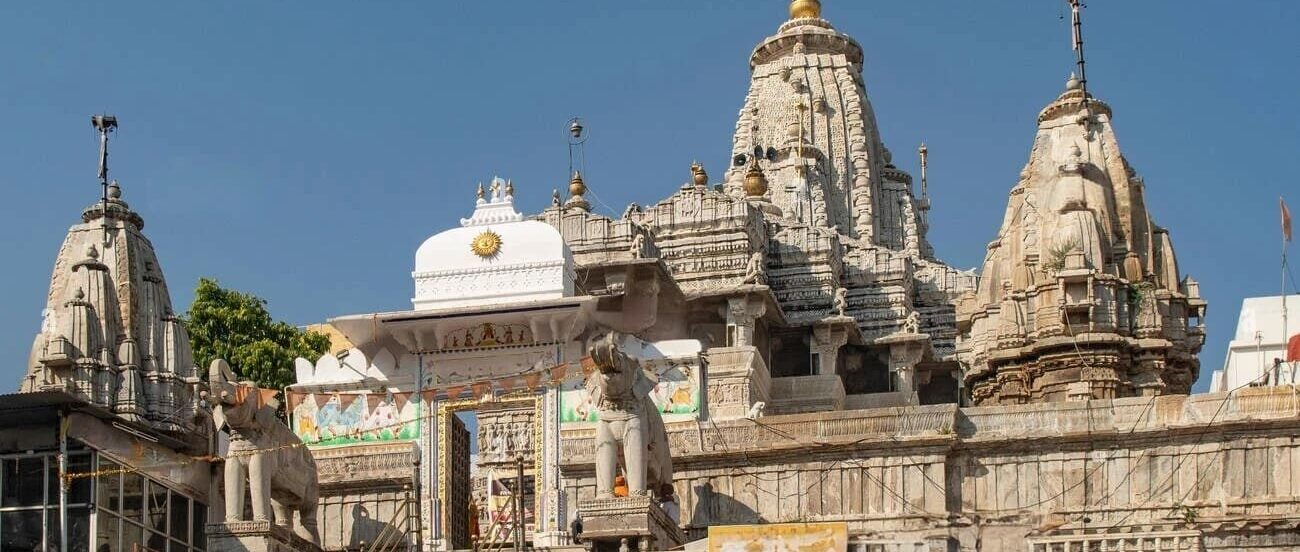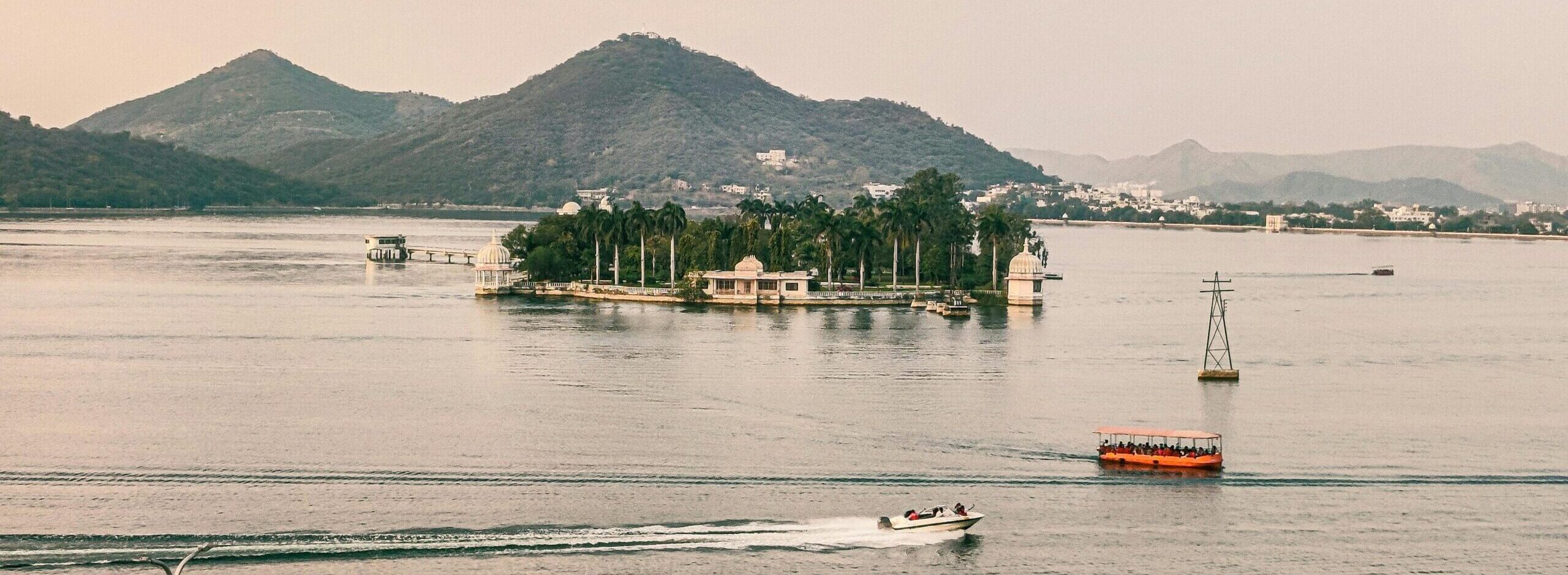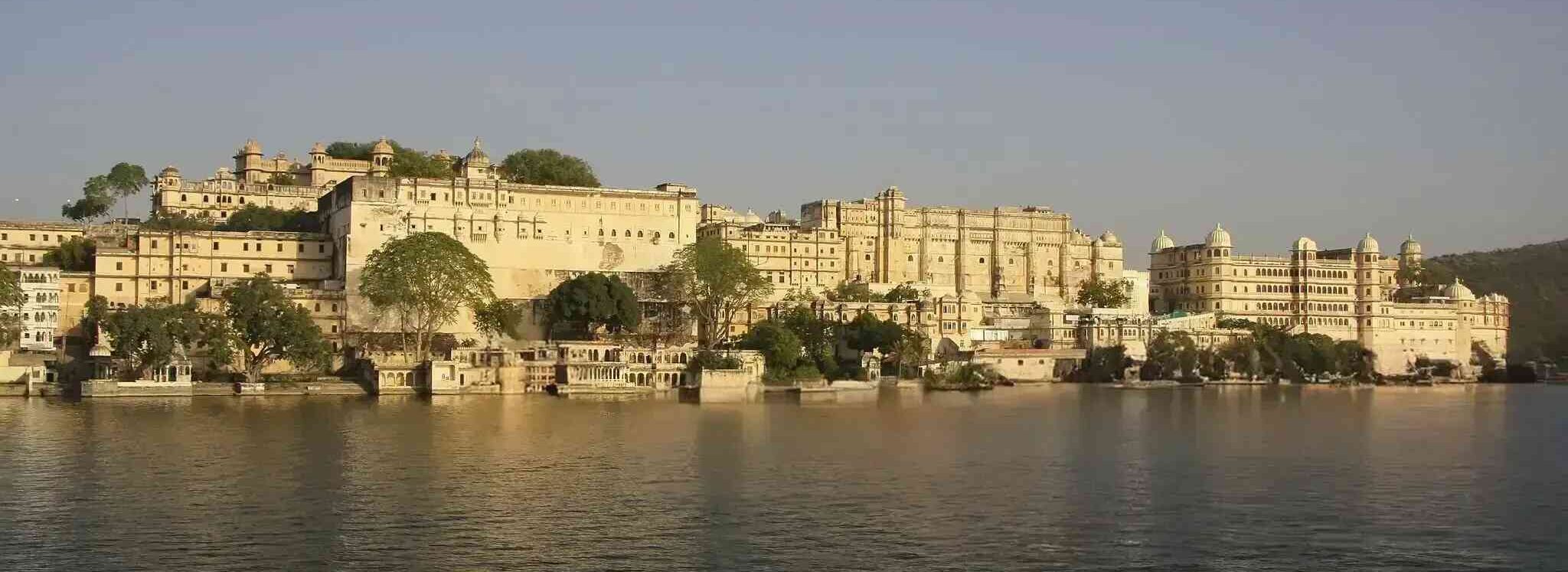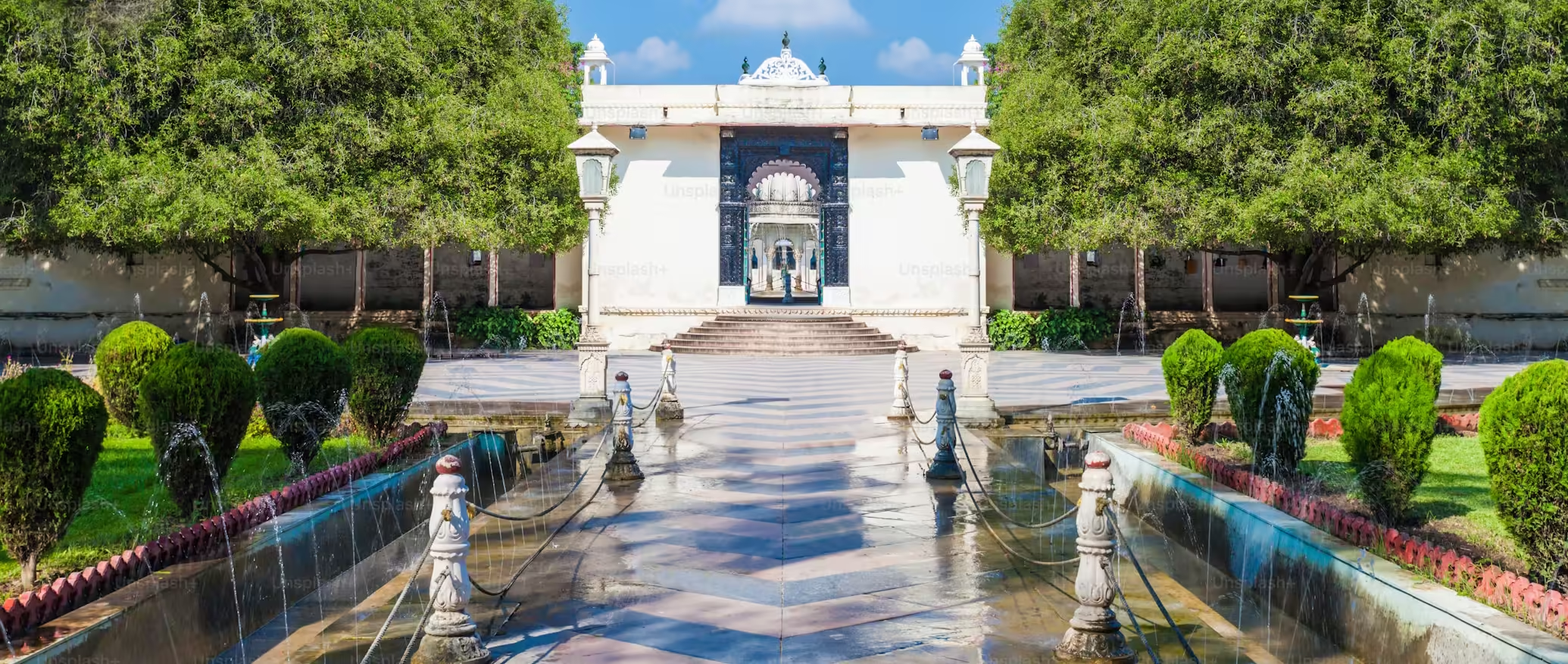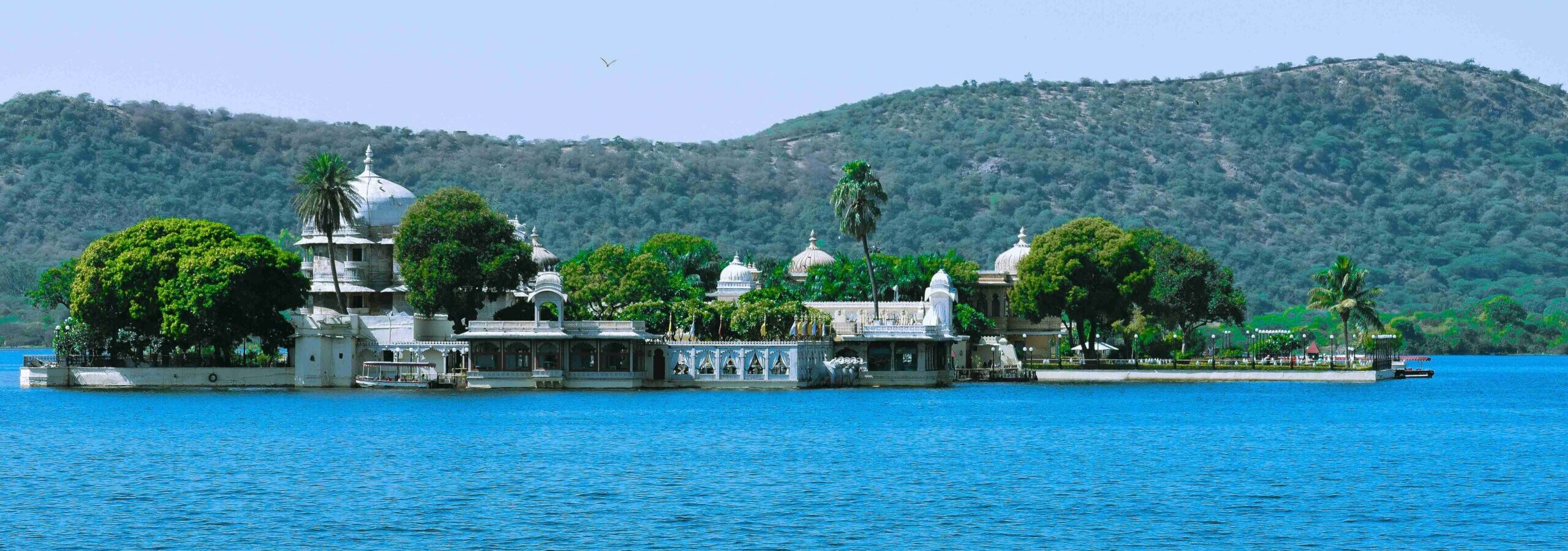Top 10 Places to Visit in Udaipur – Best things to in Udaipur 2025
Udaipur, also known as the ‘City of Lakes,’ is perhaps the most romantic and visually beautiful city in India. Covered by the Aravalli Hills and decorated with vibrant palaces, sparkling lakes, and colorful bazaars, Udaipur is a combination of royal legacy and natural wonders. Whether you are a history enthusiast, nature lover, or culture lover, there’s no shortage of things to do in Udaipur. Here’s a detailed travel guide to the top 10 places to visit in Udaipur that should feature in your 2025 travel list. 1. City Palace—The Crown Jewel of Udaipur The City Palace is certainly one of the most recognizable landmarks in Udaipur. Situated above Lake Pichola, the stunning complex was constructed over a period of almost 400 years by successive Maharanas. The style is a harmonious blend of Rajasthani and Mughal architecture, and the palace contains a number of structures such as the City Palace Museum, Zenana Mahal, and Mor Chowk. The museum showcases royal attire, weapons, artifacts, and paintings. The fine mirror work, marble balconies, and peacock mosaics are particularly noteworthy. This is one of the best places to visit in Udaipur to witness the glory of Rajput royalty. Timings – 9:00 A.M to 5:00 P.MTicket Price – 400 Rs (Indians) 2. Lake Pichola—Romance Reflected on Water Constructors built Lake Pichola in 1362 AD, and it is an artificial freshwater lake that provides unparalleled beauty to Udaipur. The lake is covered with ghats, temples, palaces, and hills and is most renowned for the beautiful Lake Palace (Jag Niwas) and Jag Mandir, which appear to float on the lake. One of the most romantic things to do in Udaipur is to take a boat ride at sunset. It provides breathtaking views of the City Palace, havelis, and the serene waters reflecting golden colors. Boat Ride Timings – 9:00 A.M to 6:00 P.MBoat Ride Ticket Price – 180 Rs (for 30 Seater) 360 Rs (for 10 Seater Luxury boat) 3. Saheliyon Ki Bari—The Garden of Maidens Saheliyon Ki Bari is a serene garden constructed by Maharana Sangram Singh for the royal women. The greenery in this garden includes fountains, a marble pavilion, a lotus pool, and green lawns. This pattern was designed to serve as a peaceful retreat for the queen and her maids. This beautiful place is ideal for photography and a serene walk. It’s one of the most soothing Udaipur tourist places where you can enjoy the royal lifestyle in the midst of nature. Timings – 8:00 A.M to 8:00 P.MTicket Price – 30 Rs (Indians) 150 Rs (Foreigners) 4. Sajjangarh Monsoon Palace—Sunset Like Never Before Situated on a hill, Sajjangarh Monsoon Palace was constructed by Maharana Sajjan Singh in 1884. Planned to be an astronomical observatory, it was also used as a monsoon palace for the royals. The palace has superb views of Udaipur’s lakes, palaces, and countryside. It is particularly breathtaking at sunset, making it a popular tourist destination for visitors and photographers. This is among the Udaipur famous places that present the city’s scenic beauty and architectural splendor. Timings – 9:00 A.M to 6:00 P.MTicket Price – 160 Rs (Indians) 520 Rs (Foreigners) 5. Jag Mandir: A Palace on Water Situated on an island in Lake Pichola, Jag Mandir is a 17th-century palace famous for its tranquil grandeur and historic design. Constructed by Maharana Karan Singh and finished by Maharana Jagat Singh I, after whom the palace was named, the palace boasts stunning marble buildings, domes, and gardens. It was once a summer retreat and haven for refugees, such as Prince Khurram (who became Shah Jahan). This place is accessible by boat. Jag Mandir is a serene area ideal for a tranquil afternoon. 6. Fateh Sagar Lake: Serenity Meets Modern Vibes Situated north of Lake Pichola, Fateh Sagar Lake is another jewel of Udaipur. It contains three islands; the name of the largest lake is Nehru Park—a favorite picnic spot featuring flower beds, gardens, and shady walkways. Boating, particularly in the evening, is a must-try experience here. The lake surrounded by the Aravalli Hills is an excellent destination to unwind and enjoy the natural landscape of Udaipur. Timings for Boat Ride – 9:00 A.M to 6:00 P.MTicket Price – 100 Rs (for motorboat) 236 Rs (for Speedboat) 7. Bagore Ki Haveli: Artistic Grandeur Located at Gangaur Ghat, Bagore Ki Haveli is an 18th-century haveli that is currently used as a museum. It displays royal items, costumes, traditional Rajasthani crafts, and paintings. Do not miss the Dharohar Dance Show that is performed each day in the courtyard. It unleashes the folk dances and music of Rajasthan, making it one of the most interesting activities to experience in Udaipur. Timings – 9:30 A.M to 5:30 P.MDance Show Timings – 7:00 P.M to 8:00 P.MTicket Price – 60 Rs (Indians) 150 Rs(Foreigners)Dance Show Ticket Price – 100 Rs(Indians) 200 Rs (Foreigners) 8. Jagdish Temple: A Spiritual Marvel Constructed in 1651, the Jagdish Temple is a big and sculpted Hindu temple dedicated to Lord Vishnu. It is situated close to the City Palace, and this Indo-Aryan wonder is characterized by stunningly sculpted pillars, ceilings, and a black stone image of Lord Jagannath. It is still a place of active worship and is one of the most sacred Udaipur Visiting Places Timings – (5:00 A.M to 2:30 P.M) (4:00 P.M to 10:00 P.M)Ticket Price – Free 9. Karni Mata Temple: Ropeway with a View Situated on Machla Magra Hills, the Karni Mata Temple is dedicated to the local deity Karni Mata. A ropeway takes you up to the temple, offering panoramic views of Udaipur, especially during sunset. While the temple itself is small, the surrounding viewpoint is a highlight. It’s a peaceful place to reflect and watch the sunset over the Udaipur tourist places listed below. Located on the Machla Magra Hills, the Karni Mata Temple is devoted to the village goddess Karni Mata. A ropeway goes up to the temple, giving you panoramic views of Udaipur, particularly during the sunset. Although the temple itself is
Top 10 Places to Visit in Udaipur – Best things to in Udaipur 2025 Read More »


